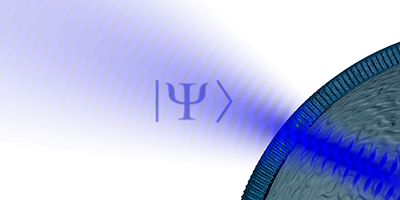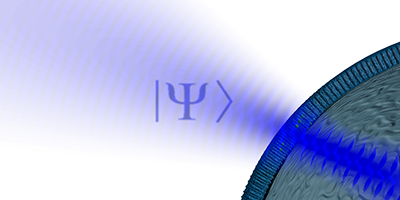Clearer Quantum Vision
Unbreakable encryption schemes or quantum computers that outperform classical ones are the most-talked-about potential applications of quantum physics. But quantum effects could also help clear the vision of microscopes looking at the interior of living cells. As reported in Physical Review X, a new experimental scheme, based on the use of carefully engineered quantum states of light, allows researchers to map subcellular structures with a spatial resolution of about nanometers.
Michael Taylor at the University of Queensland, Australia, and co-workers have developed a quantum imaging method that utilizes so-called squeezed light in photonic force microscopy (PFM). PFM is an imaging method in which a nanoscale particle is embedded in a cell and moved with optical tweezers to explore the cell interior. By measuring the light scattered by the nanoparticle at different positions, the technique provides information about the local environment around the probe, including its specific interactions with molecules like membrane proteins and other cellular structures.
The resolution of PFM depends ultimately on two factors: the particle size and the measurement’s signal-to-noise, which limits the precision with which the particle position can be determined. Using squeezed states of light—quantum states that have better noise properties than classical light—Taylor et al. were able to mitigate the impact of noise. Experiments on yeast cells showed the resolution was enhanced by compared to experiments with classical light, but the use of better squeezed-light sources could lead to an order-of-magnitude improvement, potentially allowing angstrom resolution in PFM imaging. – Matteo Rini





